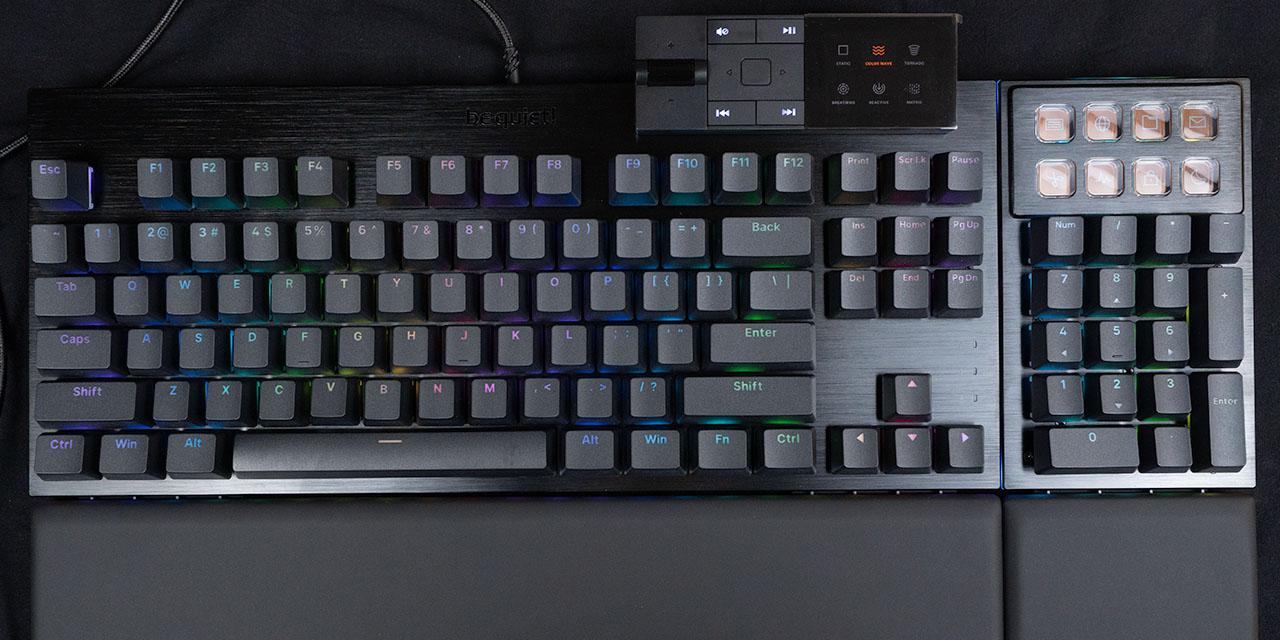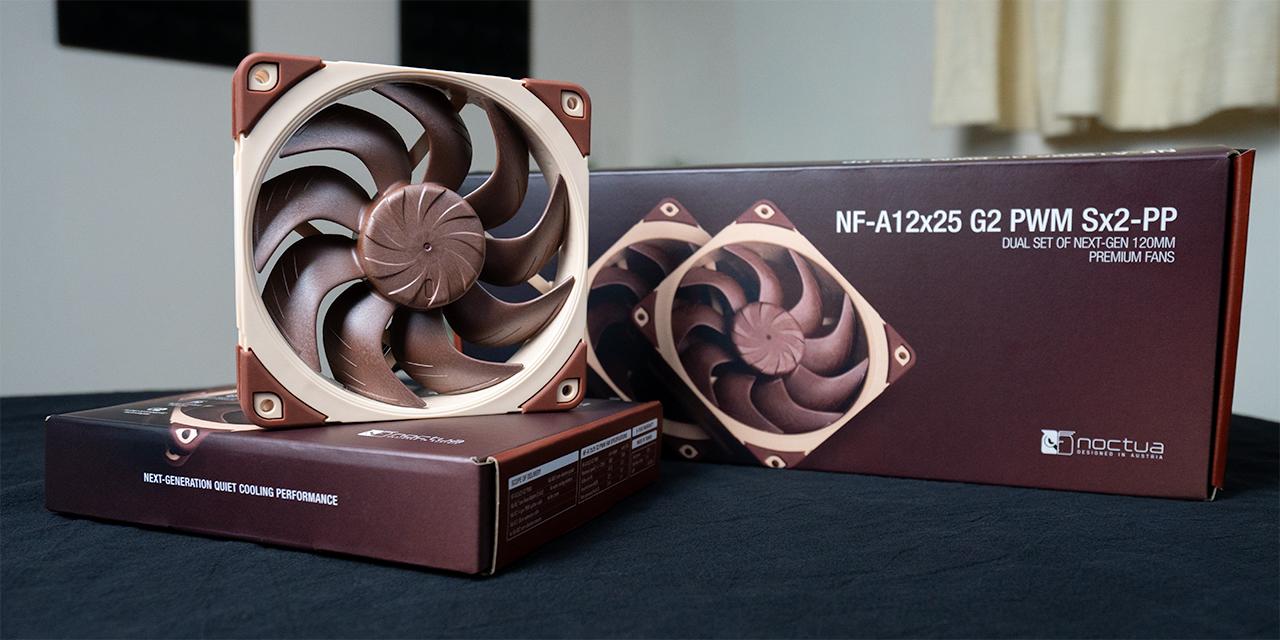Page 3 - A Closer Look - Disassembly and Internals

Opening up the Epomaker RT80 is straightforward. There are no screws to be removed, and you do not need to remove any of the rubber feet. The two plastic pieces that form the enclosure are held together through a series of plastic clips. Starting at one corner, you can pull the pieces apart and then slowly slide down each side with something like a business card to undo the rest of the clips. The small screen and the battery poses a bit of a problem with their respective cables. One has to disconnect the battery cable before fully pulling the two pieces apart. On the other hand, you can also remove the screen cable to separate the pieces a bit differently. In the above photo, you can see I removed the battery cable.
On one side is the 5000mAh battery. I had a decent experience with the battery life on the Epomaker RT80. With the lights on, I was able to use the keyboard for a total of about 13 hours runtime. This includes using the keyboard with the screen. Without the RGB LED lights on, I was able to use the keyboard over a period of two weeks. The battery sits in the final layer of soft foam to help with the sound and vibration absorption. To conserve battery life, the keyboard does go into sleep mode when not in use for some time. If it is within a few minutes, the first keystroke will be registered right away. After a few hours, the keyboard takes a little longer to wake up, as it seems to enter a deeper sleep state.

The keyboard is not fastened to the enclosure with any screws, but simply rests on a few plastic stands. These stands have gaps to receive the clear gaskets and help with sound reduction. One of these gaskets is found along the bottom next to the ribbon cable in the above photo. There are multiple other layers between the keyboard and the bottom enclosure. This includes the PC plate, Poron sandwich foam, IXPE switch pad, PE sound enhancement pad, PCB, socket switch pad, and finally, another layer of foam. Many of these different layers are all in an effort to absorb vibrations and change the final sound of the keystrokes. They should reduce rattling noises and provide a satisfying and clean feel throughout when you type.

The Epomaker RT80 is equipped with Wisteria Linear switches, which are colored to green and purple. The top light purple shell is made of polycarbonate, while the bottom purple material is nylon. In between, we have a green polyoxymethylene plastic stem, which is also known as POM. Polycarbonate generally is strong and hard, which should keep the switch housing durable to multiple swaps. POM is beneficial to use, as it has a high resistance to abrasion and strength, which should make for smooth travel. The length of the spring should provide stability and linear movement. There is minimal stem movement from side-to-side or forward-and-back, which is good to see. Otherwise, everything inside is factory lubricated to keep movement smoother for longer.
Page Index
1. Introduction, Packaging, Specifications
2. A Closer Look - Hardware and Software
3. A Closer Look - Disassembly and Internals
4. Conclusion





